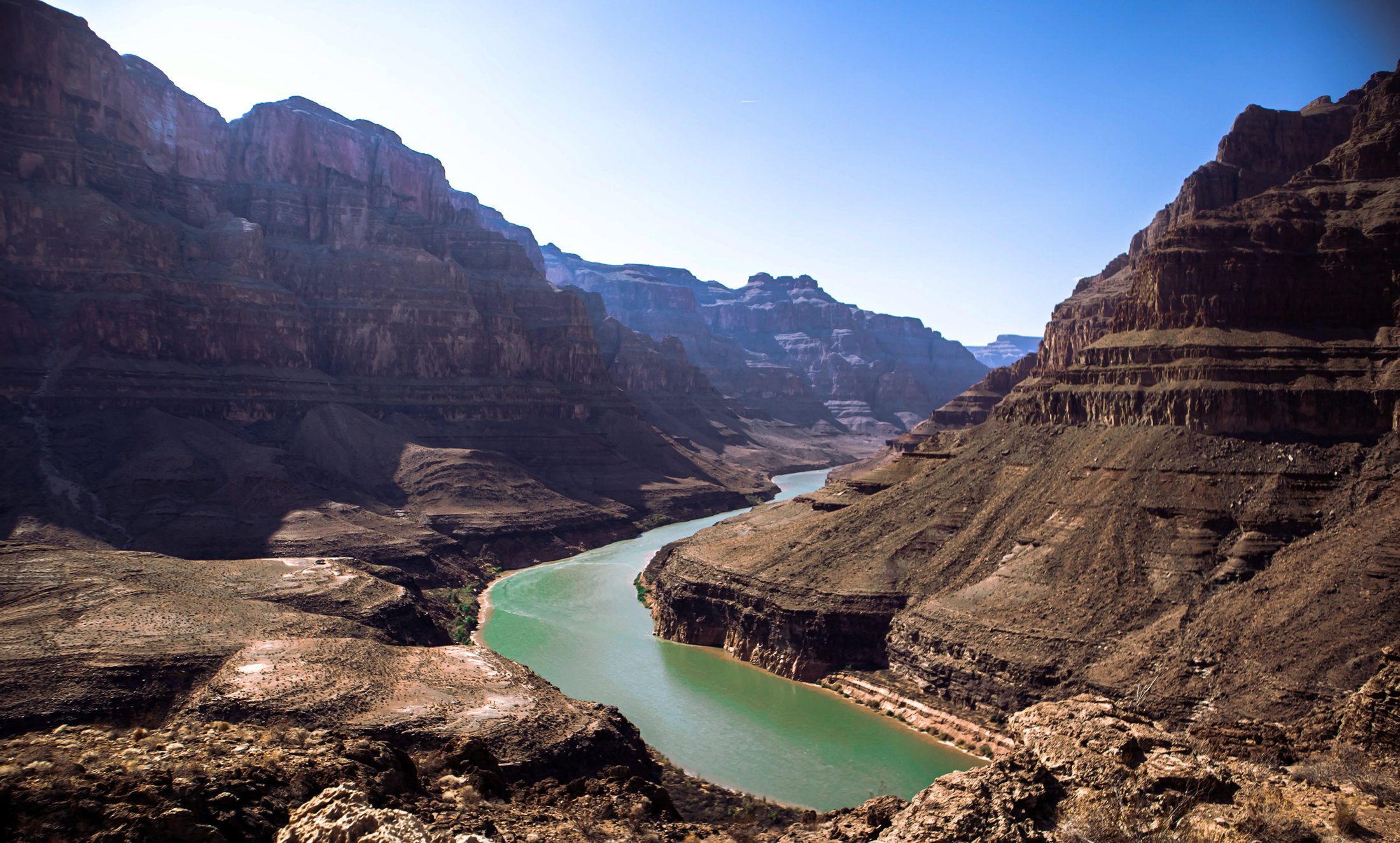- Colorado River allocations now exceed natural flows.
- Federal action is central to drought and shortage response.
- Most current conservation agreements expire in 2026.
- Congress may expand its role in future water planning.
Thursday, May 1, 2025 — A newly updated report by the Congressional Research Service, titled “Management of the Colorado River: Water Allocations, Drought, and the Federal Role” (CRS Report R45546), provides a comprehensive and timely overview of the complex governance, usage patterns, legal frameworks, and growing risks facing the Colorado River. The full report can be accessed through the LIbrary of Congress here: https://www.congress.gov/crs-product/R45546
A River Stretched Beyond Its Means.
Covering more than 246,000 square miles across seven U.S. states and Mexico, the Colorado River supports 40 million people and irrigates 5.5 million acres of farmland. However, the demand for its water now routinely outpaces supply. The river’s legal allocations, shaped by compacts and treaties beginning in 1922, assume an average flow of 16.4 million acre-feet (MAF) per year. In reality, average flows since 2000 have dropped to approximately 12.5 MAF due to long-term drought and climate variability.
This imbalance has led to dramatic drops in reservoir levels at Lake Powell and Lake Mead—the system’s two largest storage sites—and prompted widespread concern about hydropower generation, water reliability, and environmental impacts.
Key Legal Frameworks and Historic Decisions.
The CRS report outlines the foundational documents and judicial rulings known collectively as the “Law of the River.” These include the 1922 Colorado River Compact, the 1944 U.S.-Mexico Water Treaty, the Boulder Canyon Project Act, and the Supreme Court’s ruling in Arizona v. California. These agreements define allocations between the Upper and Lower Basins and grant the Secretary of the Interior authority over water delivery contracts and shortage apportionment in the Lower Basin.
Despite this legal scaffolding, the system’s over-allocation and variability in natural flows have created mounting challenges. The absence of formal accounting for evaporative losses in the Lower Basin has further complicated the basin’s structural deficit.
Drought Response and Future Planning.
The federal government has responded to worsening conditions through a series of collaborative efforts including the 2003 Quantitative Settlement Agreement, the 2007 Interim Guidelines, and the 2019 Drought Contingency Plans (DCPs). Most recently, a 2023 consensus-based conservation proposal among the Lower Basin states—adopted by Reclamation in 2024—aims to conserve 3 MAF before 2026, supported by $4 billion in federal drought mitigation funds provided through the Inflation Reduction Act.
Nevertheless, these stopgap measures are set to expire in 2026. The Department of the Interior is currently analyzing long-term operational guidelines, but consensus remains elusive. Competing post-2026 plans have been submitted by the Upper and Lower Basin states, and final decisions are expected to unfold in 2025.
Congressional Oversight and Action.
Congress plays a critical role in overseeing Colorado River management. It funds Reclamation’s operations, ratifies Indian water rights settlements, and authorizes large-scale drought mitigation and infrastructure investments. The report notes that Congress may soon be asked to revisit and amend federal authorities, support expanded water storage, and ensure equitable water distribution—including among tribal nations whose senior water rights remain only partially settled.
For those seeking a clear, authoritative breakdown of one of the West’s most pressing resource challenges, this CRS report is an invaluable resource. Access the full report at:
🔗 https://www.congress.gov/crs-product/R45546

